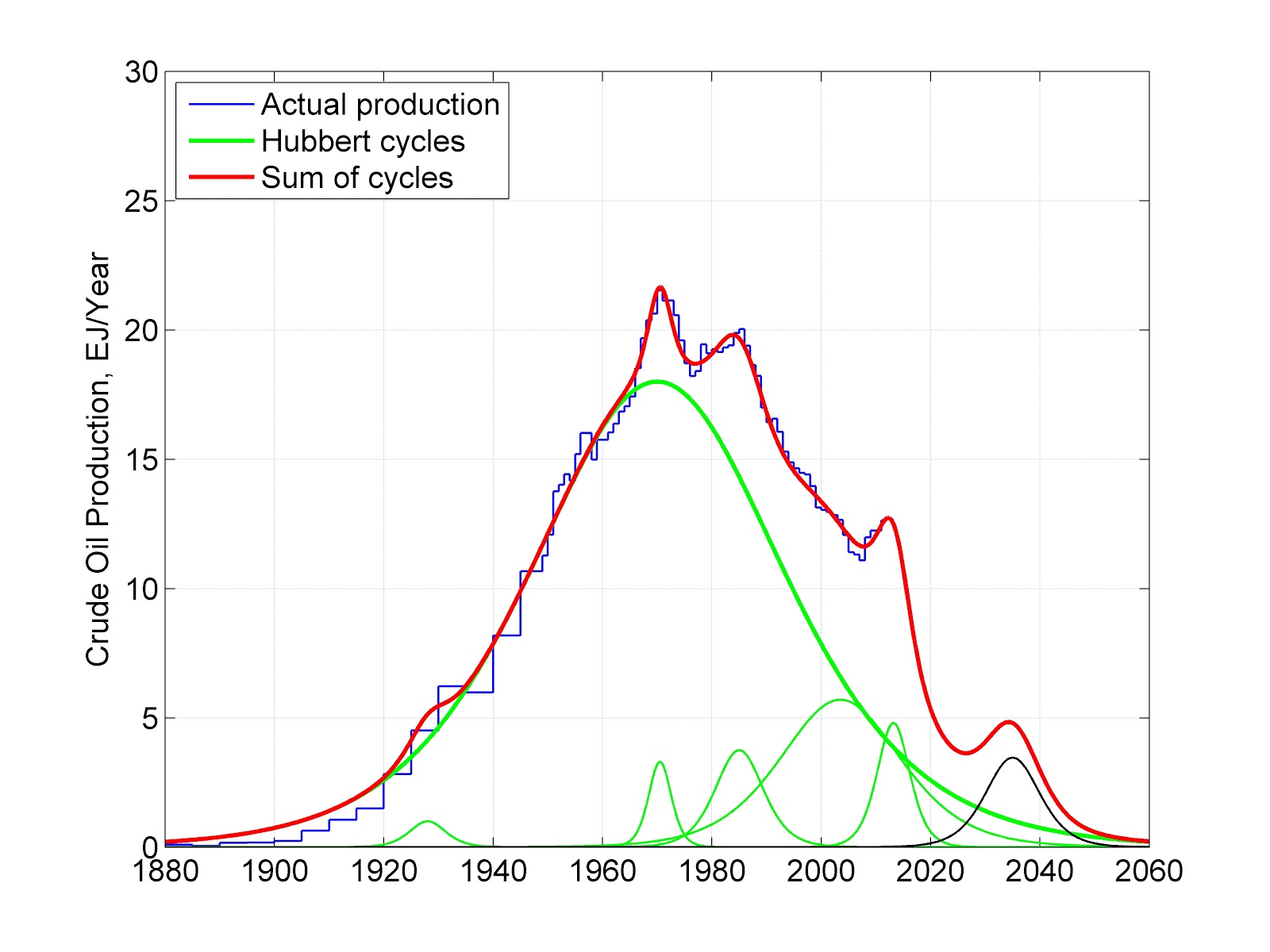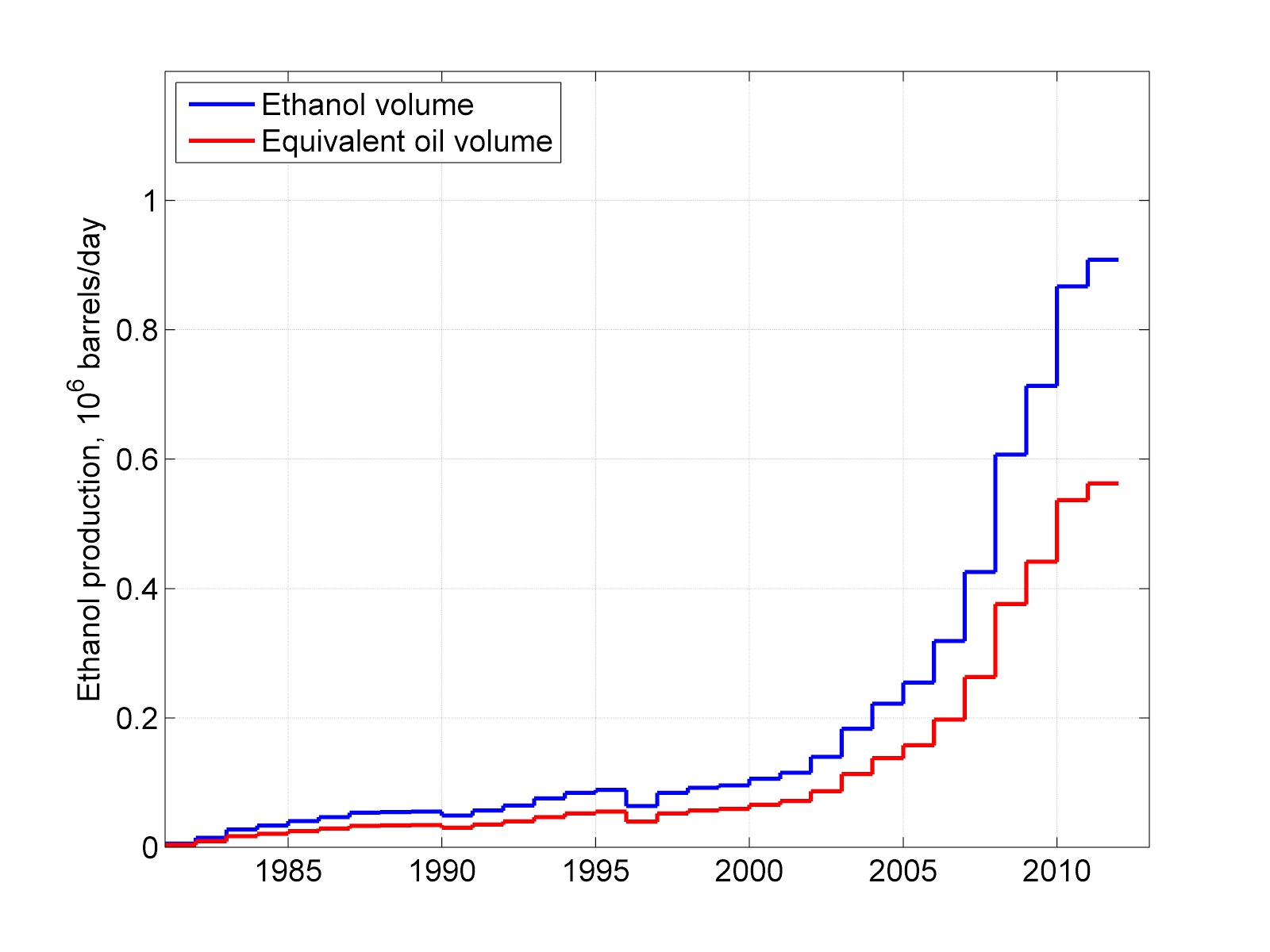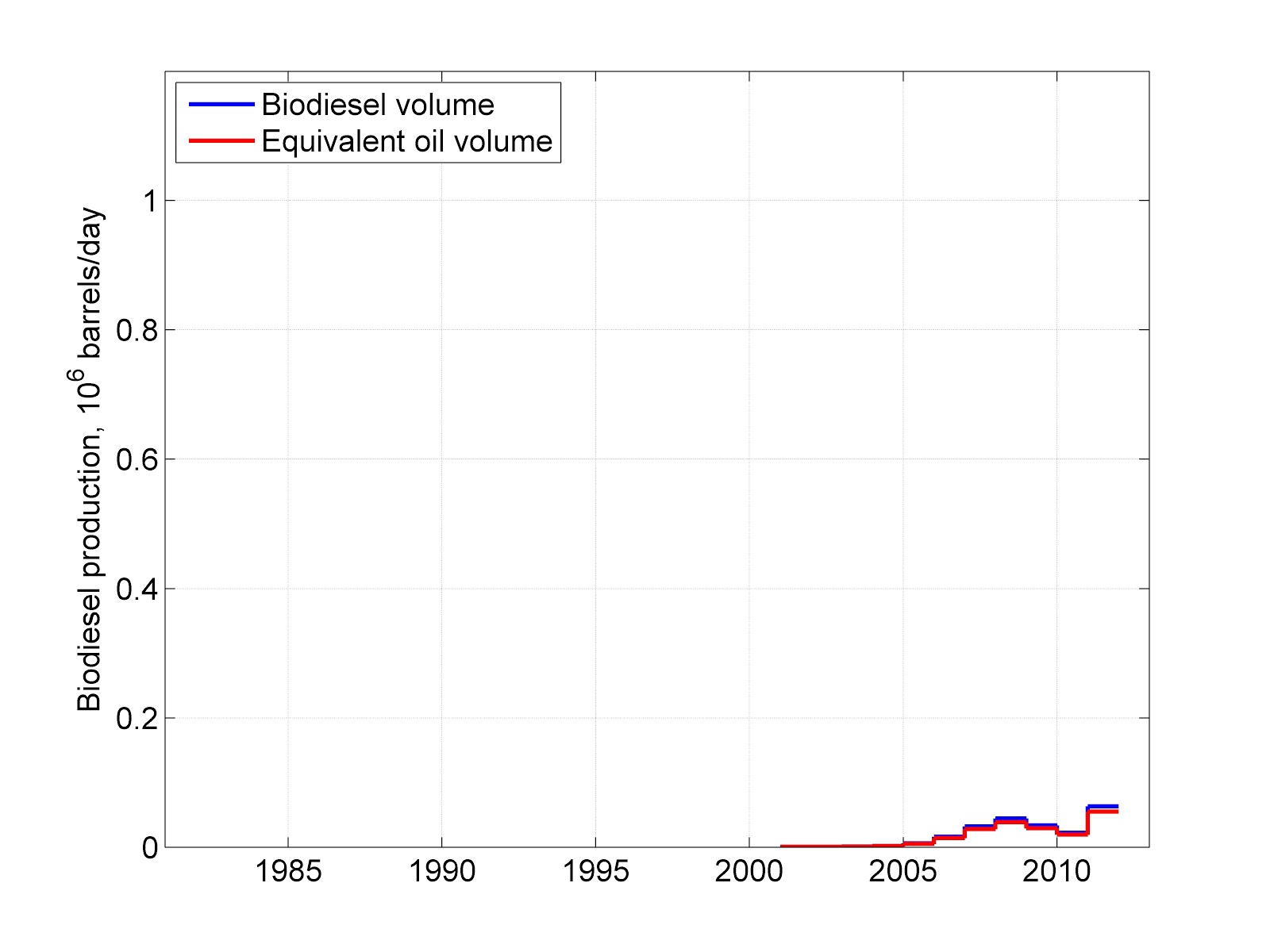The one that rules them all
Greetings Peaksters
Below Professor Hamilton opines that the oil peak is nigh, and notes that that the current production plateau since 2005 has caused prices to double, putting "significant burdens" on economies. Will things get better in the future, when we leave the plateau, and production starts to decline?
"We like to think that the reason we enjoy our high standard of living is because we have been so clever at figuring out how to use the world’s available resources. But we should not dismiss the possibility that there may also have been a nontrivial contribution of simply having been quite lucky to have found an incredibly valuable raw material that was relatively easy to obtain for about a century and a half."
Is oil just one resource? Or is it the "one that rules them all" What makes oil so special? Perhaps it's portability - making long trips, and re-fueling so easy. Whatever it is, we have built our infrastructure around it.
Gail Tverberg likens it to a making cookies, and running out of flour. There's no substitute.
"When ya gotta have, ya gotta have it!"
http://ourfiniteworld.com/2011/02/02/how-is-an-oil-shortage-like-a-missing-cup-of-flou/
----------------
http://economics.ucsd.edu/economicsinaction/issue-7/exhaustible-resources.php
Oil is fundamentally a depletable resource – once a barrel is extracted from the ground and burned, it is gone. Nevertheless, world oil production has continued to increase steadily for the last century and a half. Most economists attribute this to technological progress. Each year our methods for finding oil become more sophisticated, and our extraction methods more efficient. Unquestionably this progress has been quite remarkable, with oil now being produced by wells that begin a mile below the surface of the sea and proceed for several more miles through rock to get to the oil-bearing formations.
Brief History of Oil Production
Technological progress is not the only reason that oil production has increased over time. The industry was born in the Oil Creek District of Pennsylvania in 1859. Figure 1 shows annual crude oil production for the states of Pennsylvania and New York since then. Production from the original Oil Creek District reached its maximum level in 1874, and total production from the two original oil states peaked in 1891. There was a resurgence of production as a result of secondary and tertiary recovery methods developed in the 1920s, though these were never enough to return production to where it had been in the 19th century.

It is remarkable to me that today, with our truly impressive new technology and with a real price of oil that is five times as high as it was in 1891, we’re producing less than one eighth as much from these regions as we did in 1891. Our best modern efforts are only able to match what was achieved by post-bellum roughnecks with the primitive production methods of 1868.
This, however, was not the end of the U.S. oil industry. Even as production from the original fields in Pennsylvania was on the way down, production began in neighboring Ohio, where it did not peak until 1896, and West Virginia, which peaked in 1900. When you look at production from the United States as a whole (which in the 19th century was primarily these three states), it seemed to increase steadily from 1859 to 1900, as increases in new regions made up for declines in the original.
Despite the depletion of the Appalachian fields, U.S. production was to continue to increase as we entered the 20th century. This was achieved by a migration of the industry to new producing areas such as Illinois and Indiana (which would not peak until 1940), Kansas-Nebraska (peaked in 1957) and the four-corner states of the American Southwest (peaked in 1960), all of which proved to be far better places for obtaining oil than Appalachia. As production from these areas went into decline, even better fields were found in what ultimately proved to be the United States’ four most productive states – California, Oklahoma, Texas and Louisiana – whose respective production peaks in 1985, 1927, 1972 and 1971 are seen in Figure 2.

The combined effect is that if one looks at a plot of total U.S. production, it seems to increase more or less continuously from 1859 until peaking in 1970; however, the major factor driving this is not development of new technology, but instead the exploitation of new oil-producing regions.
Oil Production Today
Right now there is considerable excitement about the potential for new horizontal fracturing methods to free oil from shale and other tight formations that traditionally had been inaccessible. This technological innovation is producing impressive production gains in places such as North Dakota and Texas; however, despite these gains, U.S. crude oil production in 2011 was still less than 60 percent of what it was in 1970. And a key unknown is how quickly production is likely to decline after the initial surge. The North Dakota Department of Mineral Resources estimates that production from a given fracking well will decline 80 percent within two years of initial production.
But despite the fact that U.S. oil production today is far below its level of 40 years ago, world oil production increased 33 percent between 1973 and 2010. Here again the story is one of development of new areas. These include the North Sea and Mexico, which went from 1 percent of world production in 1973 to 13 percent in 1999; however, the North Sea is now only producing at about half of its 1999 level, and Mexico is down 25 percent from its peak in 2004.
The Future of Oil Production
Other regions, such as central Asia, Africa, and Brazil continue to increase, and the government of Iraq is optimistic that quite substantial production gains can still be achieved there. These helped offset the North Sea and Mexican declines so that world production in 2010 was about at the same level as in 2005, and started to increase again in 2011 and 2012.
My view is that with these new fields and new technology, we’ll see further increases in U.S. and world production of oil for the next several years. But, unlike many other economists, I do not expect that to continue for much beyond the next decade. We like to think that the reason we enjoy our high standard of living is because we have been so clever at figuring out how to use the world’s available resources. But we should not dismiss the possibility that there may also have been a nontrivial contribution of simply having been quite lucky to have found an incredibly valuable raw material that was relatively easy to obtain for about a century and a half.
My view is that stagnant world oil production and doubling in the real price of oil over 2005-2010 put significant burdens on the oil-consuming economies. Optimists may expect the next century and a half to look like the last. But we should also consider the possibility that it will be only the next decade that looks like the last.
 nef warns that nations’ dependence on oil could cripple their economies and prices rise (Source: Damian Gadal)
nef warns that nations’ dependence on oil could cripple their economies and prices rise (Source: Damian Gadal)

 Steve Easterbrook’s
Steve Easterbrook’s 



